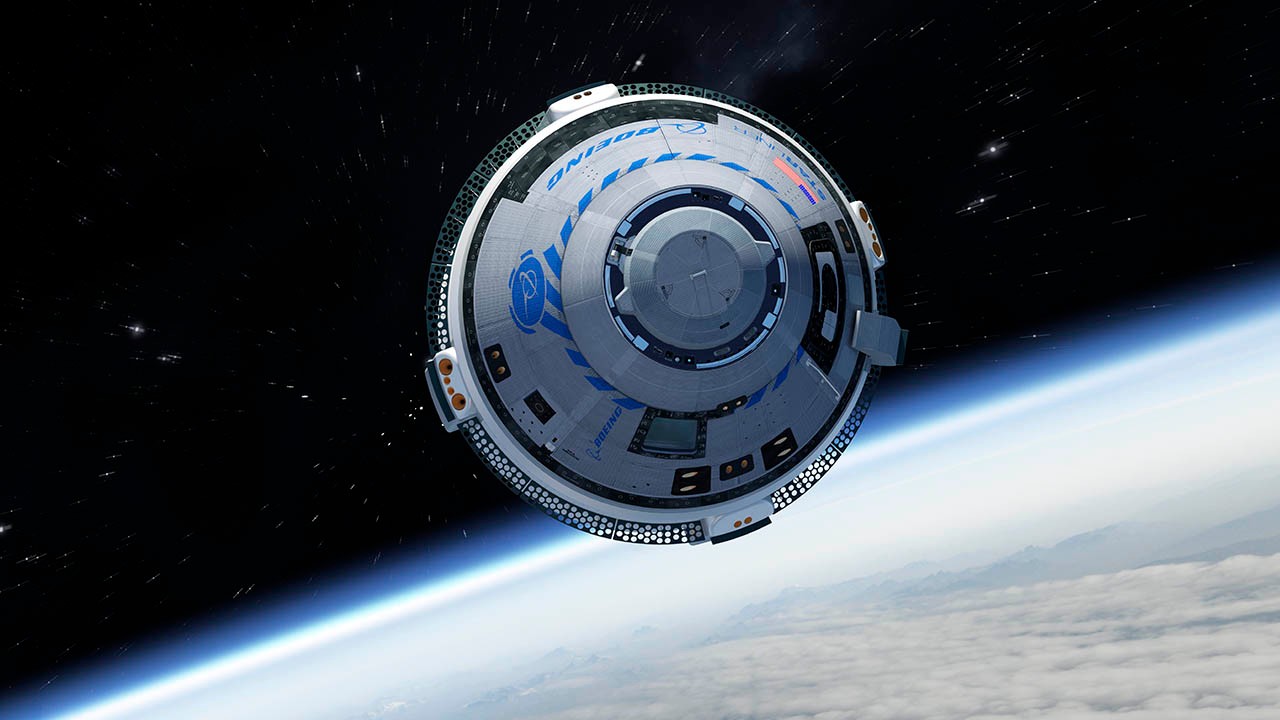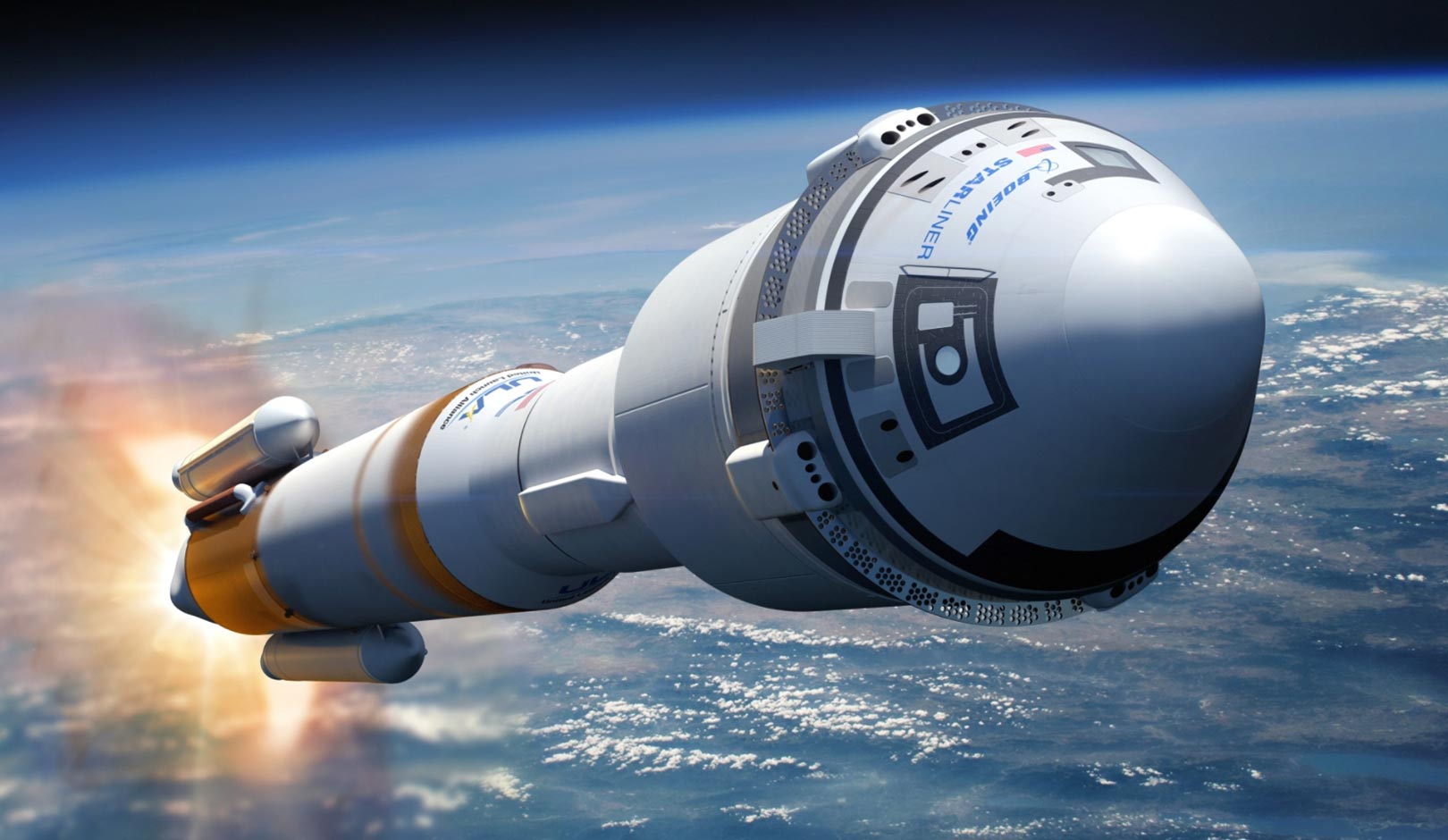Spacecraft Boeing’s Starliner, fondly known as Calypso, just returned to Earth completing a nearly three-month orbital voyage. This unmanned journey, which began on June 5, 2024, marks a significant milestone as Boeing’s attempts to carry astronauts to the International Space Station (ISS) and beyond.
Before diving deep into more let’s discuss it from the very start
Table of Contents
How does the journey begin with Boeing’s Starliner?

As the countdown began for the departure of Boeing’s Starliner from the International Space Station (ISS) excitement spread across NASA and Boeing. On September 6, 2024, the spaceship was scheduled to undock around 6 p.m. ET. NASA’s mission manager, John Stich, convened the team for their final briefing.
“Okay, everyone, this is it! We’ve trained for this moment, and now it’s time to see our efforts pay off,” he exclaimed, his passion contagious.
The ISS crew, including astronauts Suni Williams and Butch Wilmore, witnessed Calypso elegantly detach from its docking port. They were scheduled for a landing with the spacecraft, but Boeing’s Starliner has its plans, because of some technical issues earlier in the trip, NASA determined it was safer for them to wait there for a few longer
Exhilarating descent of Calypso in Boeing’s Starliner

Calypso returned to Earth in six hours after undocking. As the clock approached midnight, the spaceship got ready for one of the most important aspects of its mission: homecoming.
“Remember, we need to align perfectly to withstand the heat,” Stich told the team as they watched the spacecraft’s systems. Calypso’s reentry would expose her to temperatures beyond 3,000 degrees Fahrenheit, a challenge that called for accurate calculations and faultless execution.
Engineers in the control room were holding their breaths as the spaceship burned out of orbit. “It’s going time!” screamed one engineer, his gaze fixed on the panels displaying telemetry data. Now was the time for Calypso to shine after years of hard work.
Crucial time and moment of truth for Calypso’s success

As soon as Calypso dropped into the atmosphere, it encountered the high pressure and friction associated with reentry. The spacecraft’s exterior blazed red, indicating the intense conditions it was experiencing. The team waited anxiously, knowing that the following few minutes were going to determine the mission’s success.
“Come on, Calypso, we believe in you!” another engineer exclaimed, squeezing his fist. the room was filled with exclamation
Finally, at around 30,000 feet, the capsule released its forward heat shield and deployed its parachutes. The newly rebuilt parachutes, which had just been tested a few months previously, deployed wonderfully, reducing the spacecraft’s descent.
Safe Landing of Calypso on Earth
At 12:01 a.m. EDT Calypso landed on the sandy sands of the White Sands Missile Range in New Mexico, making history as the first capsule from the United States to land on solid ground rather than in the ocean. The control room bursts into cheers as soon as it happens;
“We did it!” Calypso has arrived home!” Stich yelled, high-fiving his colleagues, which clearly showed their excitement.
As rescue teams arrived, the first responders, also known as the gold team, approached the capsule with caution, confirming that it was free of any remaining hypergolic fuels. “Safety first, always,” by saying that they started the laborious process of locking the spacecraft.
The overall mission of Boeing’s Starliner: launching and uncrewed return

Starliner was sent into orbit on June 5, 2024, as part of the Crew Flight Test (CFT) mission, which aimed to assess its capabilities for future crewed flights. The mission included a visit to the International Space Station (ISS), where it successfully docked despite various technical challenges, notably engine failures and helium leakage in its propulsion system.
Additionally, the Starliner arrived without its two crew members, NASA astronauts Barry “Butch” Wilmore and Sunita Williams, both were told to remain on the ISS due to safety concerns about the spacecraft’s reliability. They are planned for their return to Earth in February 2025 aboard a SpaceX Crew Dragon.
What could be the next mission for NASA and Boeing
With Calypso safely returned to Earth, the attention has shifted to analyzing mission data and planning future flights. Despite the hurdles, the mission’s successful return provided vital information to Boeing and NASA.
“Every flight can teach us something new,” Stich explained. “We’ll take what we learned and make Starliner more capable for the next crewed missions.”
As the astronauts on the International Space Station prepared to return in February 2025 on a SpaceX Crew Dragon, they reminisced on their time spent in space. “It’s been an incredible journey,” Butch added. “But I can’t wait to return to Earth. “I miss pizza.” Well, that’s understandable I guess eating space food is not at all easy.
What future holds for Boeing’s Starliner?

While the safe landing of Boeing’s Starliner is good news, the mission’s issues have prompted concerns regarding the spacecraft’s suitability for future crewed flights. To address the concerns found during this flight, engineers will have to conduct extensive investigations and maybe redesign components for any future mission accomplishment. This could postpone following missions till late 2025 or beyond depending on the causalities found in the spacecraft.
Learn more about news and news-related stuff with us
Tune in with us for all the spice
The text is written by Kashaf Muhammad





